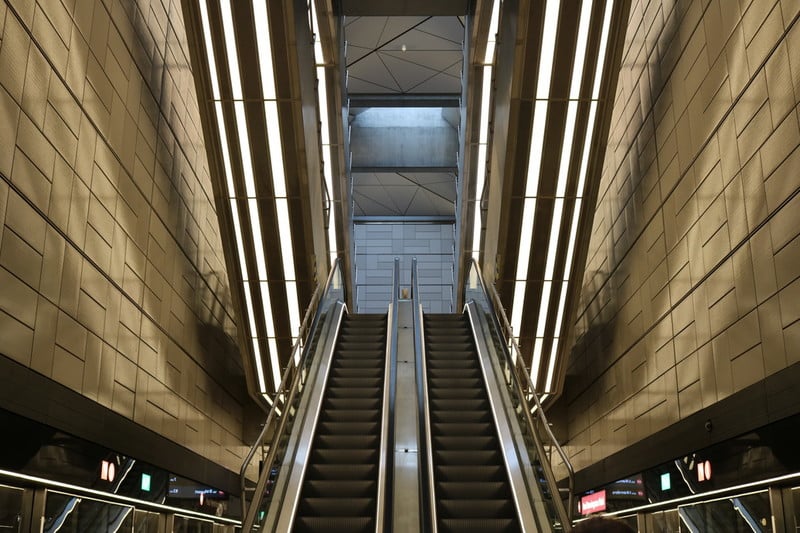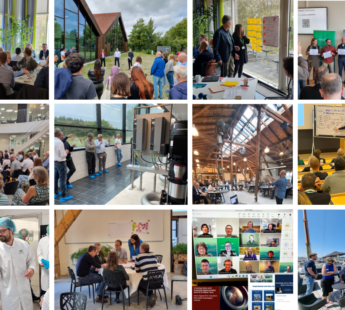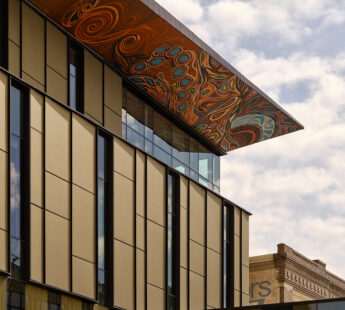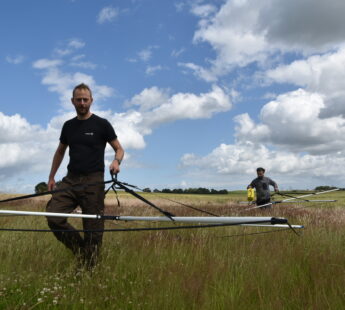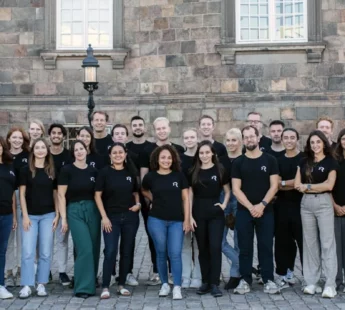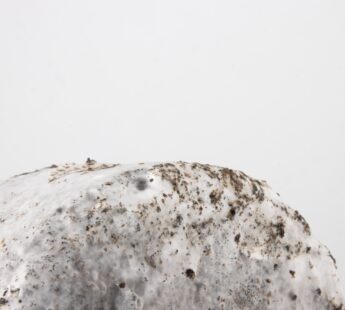Copenhagen is one of the most densely populated areas of Denmark. The new City Circle Line (Cityringen) metro, expands the city’s existing system, and is a key part of its drive to become carbon neutral by 2025. Metroselskabet, Copenhagen’s transit authority, appointed Arup in joint venture with Cowi and Systra to act as the multi-disciplinary technical advisor for this ambitious metro design and build project, the city’s largest construction project in more than 400 years.
The new line seeks to encourage more residents out of their car and onto a more environmentally-friendly mass transit network. Now that more than 16 kilometres of twin-bore tunnels and 17 new stations have been completed, Cityringen ensures that a majority of Copenhagen’s residents will be within 600 metres of a train or metro station.
Designed as a kit
Arup led the architectural work across the 17 stations, approaching each station as a gigantic ‘kit-of-parts’. This led to a very cost-effective and rational design and construction system, one that still possesses individual elements as it creates seamless journeys from street to platform.
Each station has a unique identity, supported by intuitive wayfinding that makes the metro easy to navigate, even for children. The sculptural wall panels and cladding act as internal façades to facilitate passenger navigation, and reinforce each stop’s unique identity. Paying homage to the areas they serve, stations feature colours and materials that echo the neighbourhood above ground, such as the use of beautiful, fossil-embedded sand-coloured limestone panels at Marmorkirken, or the application of bold red cladding to identify the transfer stations.
Light and purpose
Our vision was that every element must work hard. Beyond their functional use as air vents, the asymmetric, sculptural skylights allow natural light to flood the stations, revealing the pared-back design while providing an element of visual excitement for city dwellers above ground. In a similar dual-use approach, the lighting design is fully integrated with the architecture and uses the feature ‘origami ceilings’ as reflectors, complemented with bespoke LED lighting that helps avoid glare.
Compact, clever design
The compact driverless trains on the existing Copenhagen metro allowed our team of engineers, designers and transport consultants to design smaller platforms, helping shrink the overall footprint of the underground stations and minimising the need for demolitions and worksites throughout the city. Designed as cut-and-cover structures with a rough footprint of less than 64 m x 20 m, stations were placed under existing parks and squares wherever possible to minimise impact on traffic, utilities and private properties.
Other dual-purpose design strategies helped to reduce the overall station footprint. We designed the skylights to vent the station in the event of a fire, reducing the reliance on mechanical smoke ventilation systems, and the need for further in-station equipment rooms. Our work on the fire and safety strategy, and tunnel ventilation during the concept design phase helped reduce the overall number of intermediate escape shafts by around 30%, significantly reducing the visual and physical impact on the city above.

